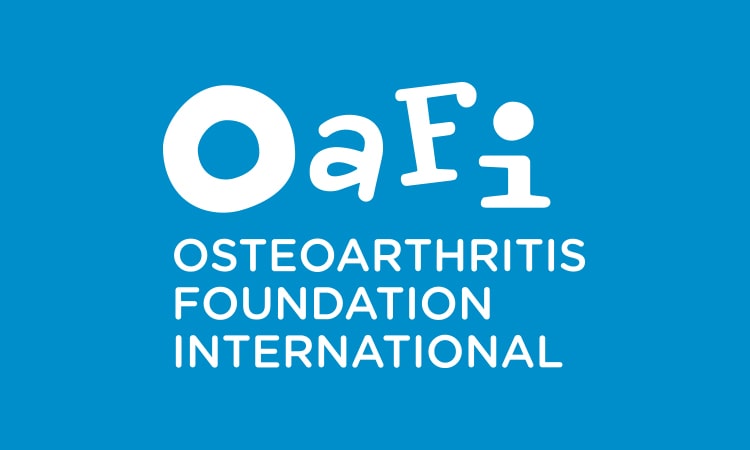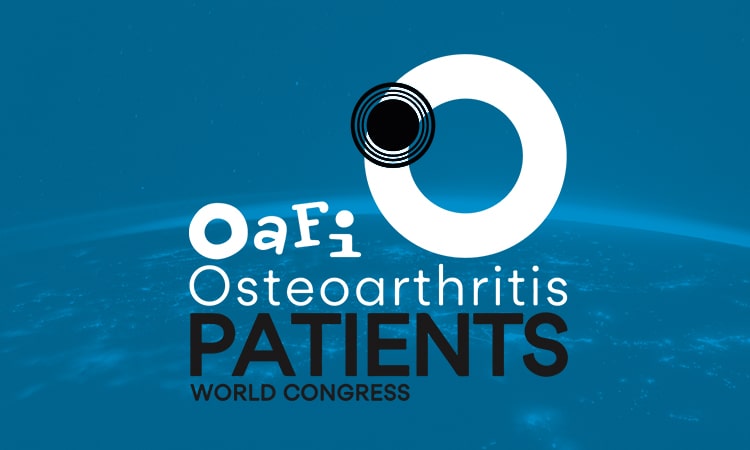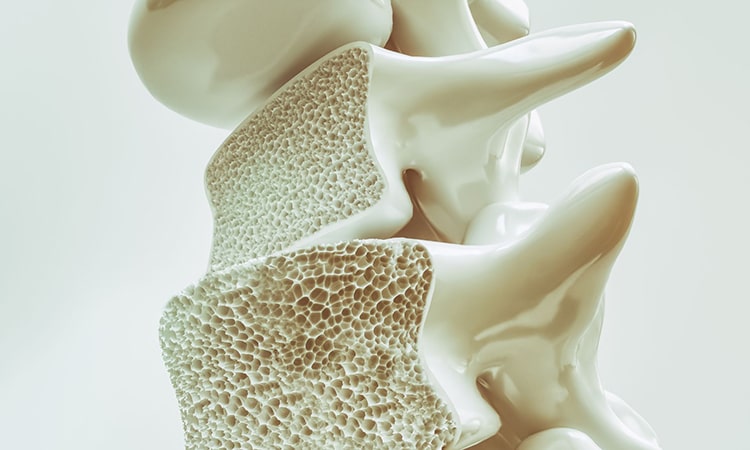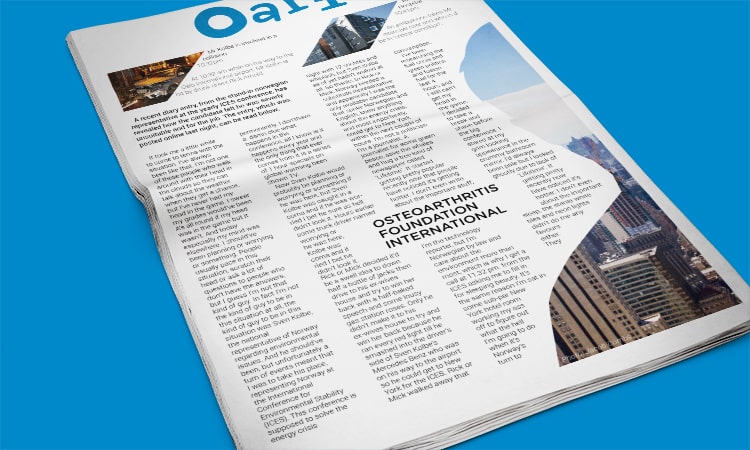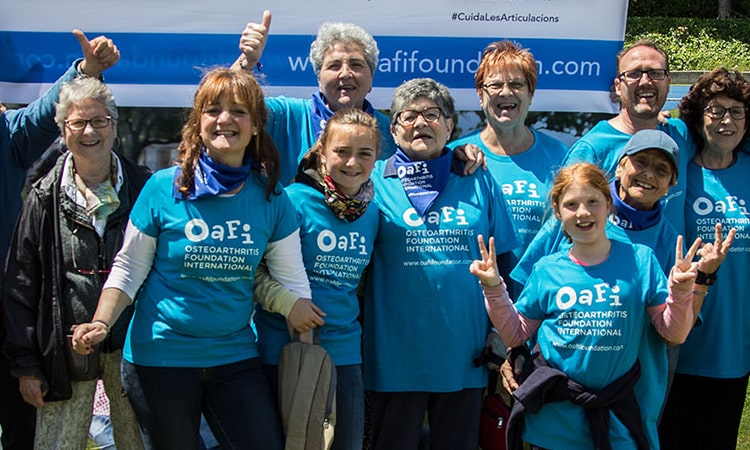- Foundation
- Actions
- Osteoarthritis
- Osteoporosis
- Actuality
- OAFI Radio/TV
- Get Involved
- Contact
-
-
-
OAFI
Osteoarthritis International FoundationC/ Tuset, 19 · 3º 2ª
08006 Barcelona
(+34) 931 594 015
info@oafifoundation.comSchedule:
Monday-Thursday 9AM-6PM
Friday 8AM-3PM
-
-
-

-

-

Learn more about osteoarthritis of the knee : Main treatments
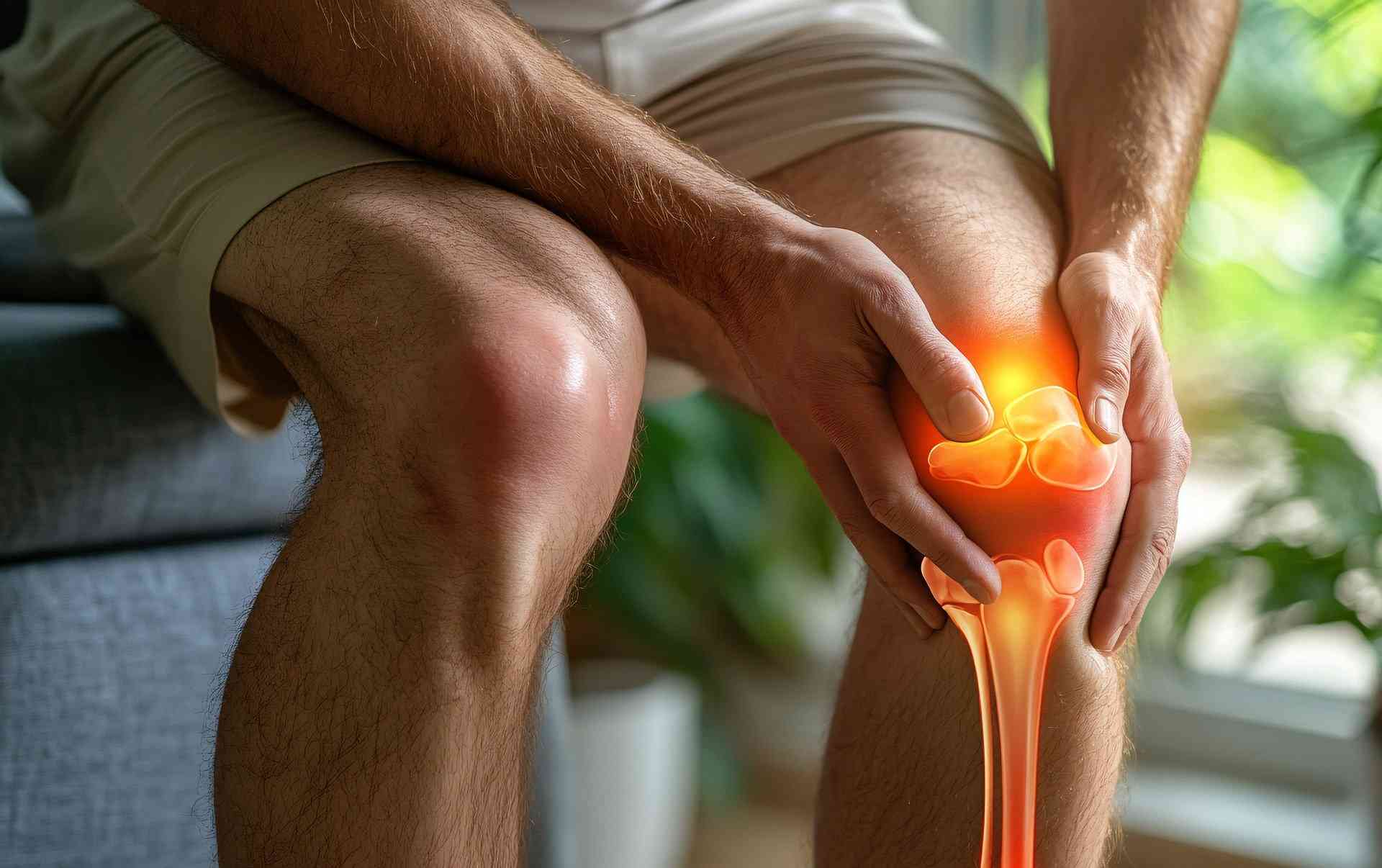
Today, osteoarthritis of the knee is a disease that still has no cure, but there are therapies to control pain, improve functionality and try to delay the progression of the disease.
Article courtesy of Dr. Francisco Castro-Domínguez, Chief of Section, Rheumatology Service, Centro Médico Teknon, Barcelona. Coordinator of OA SER Working Group, ARTROSER, Spanish Society of Rheumatology.
Non-pharmacological therapies
They are the most basic strategy and are recommended for all patients. These include: access to quality information, a 10% weight reduction in 6 months in patients with a body mass index greater than 25, the use of cushioned footwear, and the maintenance of moderate-intensity physical activity that avoids direct impact on the knee.
Pharmacological therapies
Within the pharmacological therapies we have different options: oral, topical, and intra-articular to help our knee.
Oral pharmacological therapies
Acetaminophen is widely used, however, its efficacy is, in many cases, mild and short term.
Glucosamine sulfate and chondroitin sulfate are considered slow-acting disease modifiers by part of the scientific community, and may offer a benefit on pain and function in selected patients.
Nonsteroidal anti-inflammatory drugs are effective in improving knee pain and function, especially when and synovial effusion, although the duration of treatment should be limited and the safety profile should be carefully considered according to the risk factors of each patient, since common side effects may include hypertension and gastritis, among others.
Duloxetine may have a role in controlling pain sensitization phenomena in certain patients and the use of opioid derivatives, whether minor or major, should be decided with caution in specific patients.
As for dietary supplements (nutraceuticals) such as boswellia serrata, avocado unsaponifiable lipids, collagen, turmeric longa, uncaria tomentosa, passion fruit peel extract, omega-3 fatty acids, gamma-linoleic acid, L-carnitine, magnesium etc. They would not be recommended across the board for all patients. If you are interested, it is recommended to discuss this possibility with your doctor and receive medical advice on each adjusted compound and its application in each specific case.
Topical pharmacological therapies
Topical capsaicin or nonsteroidal anti-inflammatory gels or creams may have short-term benefits for the knee, but use should be discussed with a physician on a case-by-case basis.
Intra-articular therapies
Viscosupplementation with hyaluronic acid is a practice that could provide clinical benefits in the short and medium term in appropriately selected patients.
Joint infiltrations with corticosteroids have a short-term effect on pain and could be used in patients with joint effusion; however, the frequency of these infiltrations should be limited over time due to the risk of long-term cartilage thickness loss.
Joint infiltrations with platelet growth factors or platelet-rich plasma could be another option in carefully selected patients. They have the advantage of being an autologous treatment, however, there are no high quality data on the benefits in terms of structural modification.
Joint infiltrations with “stem cells” is a promising line of research, but more studies should be done regarding the mode of application, the cellular excision to be used and the safety in the case of expanding them in culture, before considering it as a treatment of the present time for the knee.

Surgical treatments
Knee prosthesis is a common procedure for the treatment of advanced knee osteoarthritis, but it should be reserved exclusively for those patients who have not responded satisfactorily to less aggressive therapies, because although in some cases it is a definitive treatment, it is not exempt from the possibility of complications.
Joint lavage, arthroscopic debridement, arthroscopic synovectomy or autologous chondrocyte implantation are surgical procedures in disuse for the treatment of osteoarthritis, as they present an unfavorable benefit/risk profile.
The future of osteoarthritis research
Today, there are 4 major lines of research focused on what are now considered to be the 4 key targets in the treatment of osteoarthritis and all of them are tremendously active.
These 4 key targets of osteoarthritis treatment are: cartilage anabolism and catabolism, subchondral bone remodeling, synovial inflammation and both central and peripheral pain control.
Currently, there are major efforts by the scientific community, and multiple clinical trials underway for the knee, many of them in advanced stages in humans. Although some promising developments were recently abandoned due to the appearance of adverse effects, other drugs still in development could bear fruit in the next 3-5 years in the form of new intra-articular injected, subcutaneous and oral drug treatments.
Article courtesy of Dr. Francisco Castro-Domínguez, Chief of Section, Rheumatology Service, Centro Médico Teknon, Barcelona. Coordinator of OA SER Working Group, ARTROSER, Spanish Society of Rheumatology.
We are now and always at your disposal; remember that if you have knee or other joint affectation, or know someone who does, family, friends, acquaintances, we encourage you to get to know us and become a member of OAFI and/or AECOSAR through our websites or by calling our contact telephone number: AECOSAR at 914312258, OAFI at 931594015. Both the Members and Volunteers Department and the CSR Department will be pleased to welcome you and guide you in whatever you need. We also have programs aimed at prevention among children and young people.
Take care now of the knee of the youngest, so they can enjoy a full life with a great quality of life! Consult now all the information that the OAFI Foundation can offer you.
Image by Vilius Kukanauskas on Pixabay
Categories :
